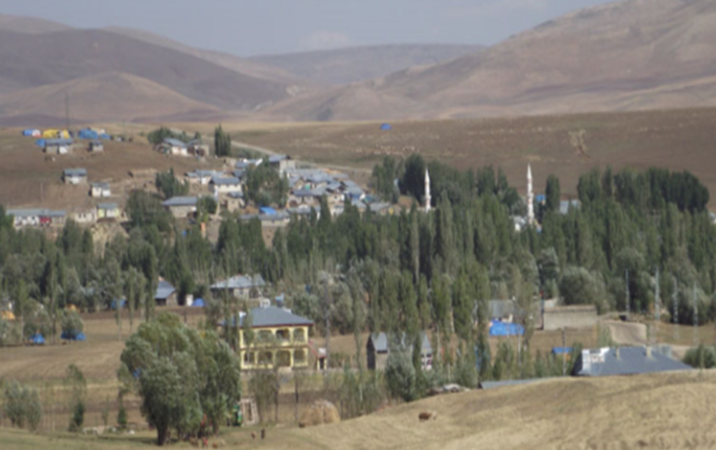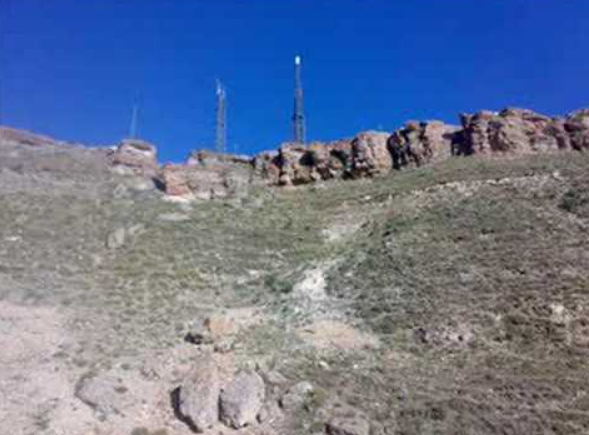Karaçoban is a district of Erzurum province. Located southeast of the provincial center, the district is situated in the high and rugged geography of the Eastern Anatolian Region. Having hosted various civilizations due to its location on the historical Silk Road, Karaçoban possesses natural and cultural elements. The district, where agriculture and animal husbandry are among the important sources of livelihood, has also been home to tourism-oriented efforts in recent years.

Karaçoban (Karaçoban municipality)
History
The history of Karaçoban and its surroundings dates back to very ancient times. Archaeological research in the region indicates that settlement traces go back to the Paleolithic Age. Karaçoban, which came under the domination of many civilizations such as the Hittites, Urartians, Assyrians, Persians, Romans, and Byzantines, passed into Turkish rule after the Battle of Manzikert. During the periods of the Seljuks and the Ottoman Empire, it continued its existence as one of the regional settlements. Its location on the historical Silk Road contributed to commercial activity. Karaçoban, which was administered as a district connected to Erzurum Province during the Ottoman period, gained district status with the establishment of the Republic of Türkiye.
Geography
Karaçoban is located approximately 170 kilometers from the Erzurum provincial center. The district borders Hınıs to its east, Tekman to its west, Çat to its north, and Varto district of Muş to its south. Its surface area is approximately 1,400 square kilometers. The district lands are generally mountainous and rugged. The altitude occasionally rises above 2000 meters. Its main elevations include Göbekdağı, Akdağ, and Otlukbeli Mountains. Among these mountains, there are fertile plains and plateaus. While there are no significant rivers within the district borders, tributaries of the Murat River pass through the region.

Karaçoban District (Erzurum encyclopedia)
Climate
A continental climate prevails in Karaçoban. Summers are hot and dry, while winters are cold and snowy. While temperatures are mild during spring and autumn, the temperature difference between night and day is significant. The annual average temperature is low. In winter months, the snow cover can remain on the ground for a long period. Precipitation generally concentrates in spring and autumn months.
Population-Demographics
According to the Turkish Statistical Institute (TÜİK) 2024 Address-Based Population Registration System (ADNKS) data, Karaçoban's population is 8,056. Of this population, 4,082 are male and 3,974 are female. The proportion of the population living in the district center is lower than in rural areas. In recent years, migration towards large cities due to economic and social reasons has also led to a decrease in Karaçoban's population. However, temporary population increases can occur, especially during the summer months, with the intensification of agricultural and livestock activities.
Population density is quite low when considering the surface area. The average number of people per square kilometer is approximately 5.75. Settlement generally has a dispersed structure, and distances between villages are considerable.
Economy
Karaçoban's economy is largely based on agriculture and animal husbandry. Among agricultural activities, the cultivation of wheat, barley, sugar beet, and fodder crops stands out. The extensive pastures and meadows have provided opportunities for the development of small ruminant and cattle breeding. Sheep and cattle breeding are particularly widespread. In recent years, beekeeping has also started to gain importance. Small-scale trade and craft activities are also carried out in the district center. An increase in efforts towards tourism potential is observed.
Tourism - Culture - Cuisine
Karaçoban has areas that can be evaluated for tourism. Historical mosques, tombs, and traditional stone houses in the district reflect its cultural heritage. Especially during spring and summer months, plateaus are visited. Local handicrafts are also an important cultural element. Traditional handicrafts such as carpet weaving and kilim weaving are still kept alive.
Karaçoban cuisine bears the general characteristics of the Eastern Anatolia Region. Meat dishes, pastries, and local herbs hold an important place. Cağ kebabı, water böreği, tandoor stew, and local soups are among the widely consumed dishes in the region. Additionally, natural honey and cheese varieties produced in the region are also widely consumed.

Zernak Castle (Karaçoban Municipality)


